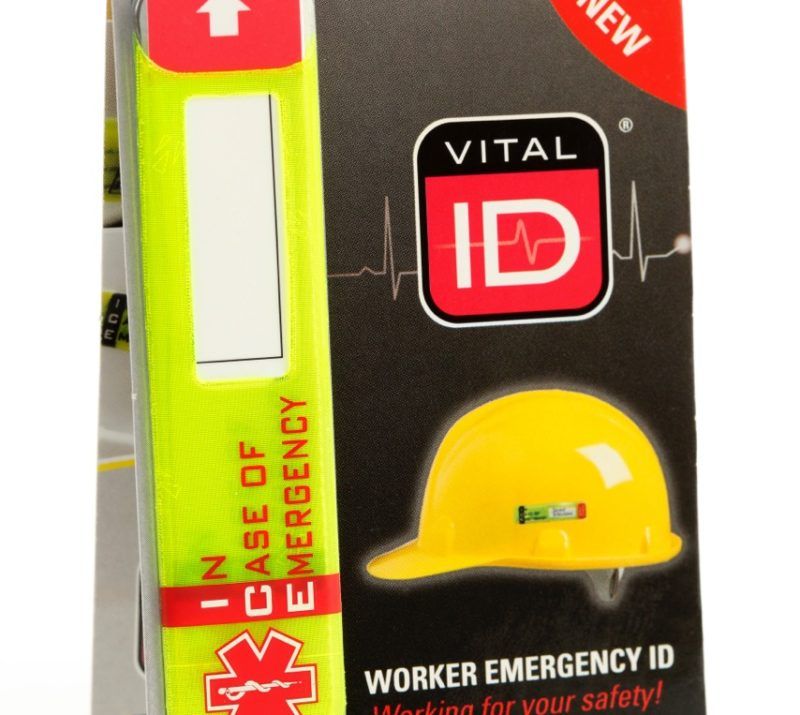Lanes engineers use their heads to stay safe

Lanes for Drains engineers are using their heads when it comes to best practice for health and safety – because vital information that could help save their lives is now kept on their hats.
Lanes, the UK’s largest independent specialist drainage company, has invested in an emergency ID system that works by storing personal health information on the hard hats of all operational staff.
John Glover, the Lanes Group’s Health and Safety Manager, said: “Each member of staff is given his or her own ICE – In Case of Emergency – ID.
“This is stuck to the side of their hard hats. Then, if their health is at risk, a member of the emergency services can pull a tab on the ID, releasing a piece of paper which contains that member of staff’s vital medical information.
“This will include their blood group and details about any other specific conditions, such as allergies or any medication they might be taking.
“This way, they know straight away how that person needs to be treated and what advice they need to pass to medical teams at hospital.
“Experience has shown that having such information readily to hand can be vital for effective emergency treatment and, in some circumstances, can make the difference between life and death.
“Lanes’ introduction of the ICE ID system demonstrates our commitment to using innovative health and safety methods to protect our staff.
“It will give them peace of mind to know that, in an emergency, we have done everything we can to ensure they get the best treatment as early as possible.”
Already, 200 engineers working on a major contract in the London area have been issued with the ICE IDs, an idea developed in Canada. During 2012, all 800 frontline staff will receive them.
Lanes for Drains tanker driver Kevin Davy said he was pleased the ICE ID was being introduced. He added: “Experts are always saying that the right treatment in the first hour is vital. This will help make sure that happens, so it’s a good idea.”
The ICE ID tag, about 5 cm long and 2 cm wide, is waterproof and also fluorescent, so it can be quickly found in the dark.
Lanes has adapted the ICE ID concept to work within the company’s operational procedures – and it has already been put to a number of other good uses.
For example, parents are being encouraged to put ICE contact details on their children’s mobile phones and elderly people put ICE ID information in their fridges if emergency services need to attend their homes.
John Glover added: “The additional benefit of using ICE ID tags is that staff will become more aware of the importance of looking after and wearing their own safety hats. There is now an additional incentive to be 100 per cent compliant in the wearing of this vital safety equipment.”







